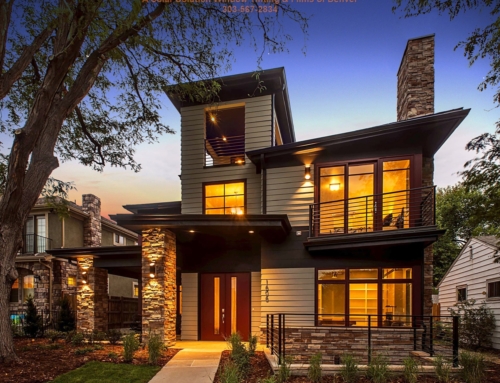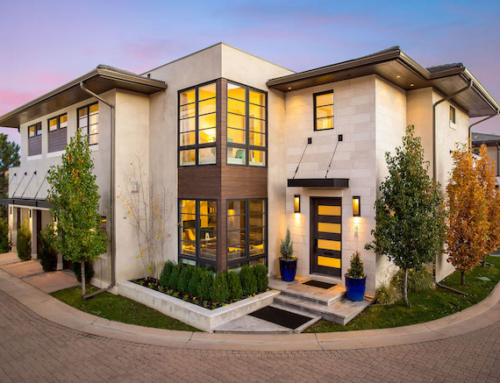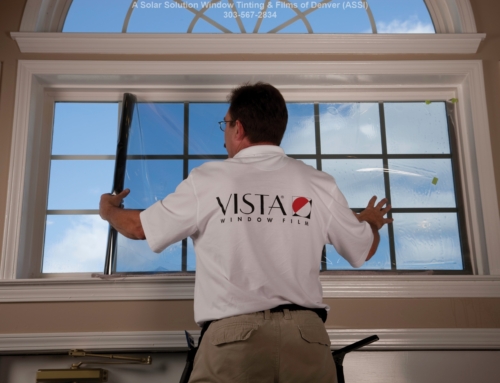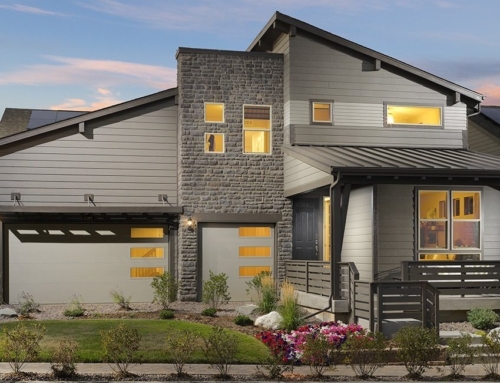Believe it or not, it’s not as simple as choosing just any home window tint. There are all sorts of different situations depending on where you live. Some houses get more or less sun depending on where it’s located in relation to the sun. Every state has different weather patterns, more sunshine or less sunshine. If you live in Denver you can expect 300+ days and a wide range of weather patterns and drastic shifts in temperature. We’ve all had to trudge out in blizzard like conditions during the day only to walk outside to sunshine and melted snow in the afternoon. Because of this, it’s important to have the right window tint to account for all these changes in weather. All these factors and more should play into your final decision on which home window tint you should buy.
Goals
You’ll need to understand what you want to accomplish. Do you want more privacy or are you looking to reduce glare? There are different types of window tint for each objective.
Performance
There are different standards of performance quality. Some window tints are better at energy efficiency than others. A window tint with a higher VLT is much better at energy efficiency than others. Our experienced technicians can help you choose the right one for the right situation.
Aesthetics
You’ll want a window film that matches the look and feel of your house. Now, I’m sure you must be thinking I never knew there was so much that goes into choosing home window tinting. Now the real fun begins. Below we have outlined all the different types of window tint.
Insulating Film
This film reflects the suns heat cooling the interior of your home in the process. It will make your home more comfortable while lowering energy costs. One of the side benefits is you’ll preserve your furniture as well. The excess sun heats up and wears down furniture fabric over time.
Glare reducing
This film reduces glare making it easier than ever to see your computer and television screens. It can also limit eye strain by making it more comfortable to look at your home electronic devices such as smartphones and computers. There is nothing more annoying than attempting to watch your favorite TV show in a room filled with sun.
Privacy Film
This film will block UV rays and make your home more private. The frosted, translucent look allows light in while preventing anyone outside from seeing inside. While they don’t block natural light, they keep people from being able to see into your house and can look great too by mimicking specialty glass.
Colored window tint
These are decorative window films that can add to the look and feel of your home. You combine different films together and cost much less than stained glass.
Also, you should take some time to get used to the different terms when shopping for window tints.
Visible light transmission
“Visible Light Transmission (VLT) – is simply the measurable amount of solar visible light (daylight) that travels through a glazing system.”-Johnson Window Films
Total solar energy rejection
“Total Solar Energy Rejected (TSER) is a metric that describes the total amount of solar energy (UV + visible + IR) that is blocked, or rejected, from passing through the window.”-solutions.3m.com
UV rejection
“Ultraviolet Rejection is the percentage of ultraviolet energy deflected away from the window film. Ultraviolet rays can cause upholstery and furnishings to fade. It can also cause skin damage and skin cancer.”-tintauto.com
Visible light reflectance
“In architecture, light reflectance value (LRV), is a measure of visible and usable light that is reflected from a surface when illuminated by a light source.Shading coefficient”-Wikipedia
If you have any questions about home window tinting or would like to schedule an appointment or consultation, give us a call. We can get you fitted for the right home window tint for wherever you live. Whether you live in the mountains, suburbs, or the city, we can help.




